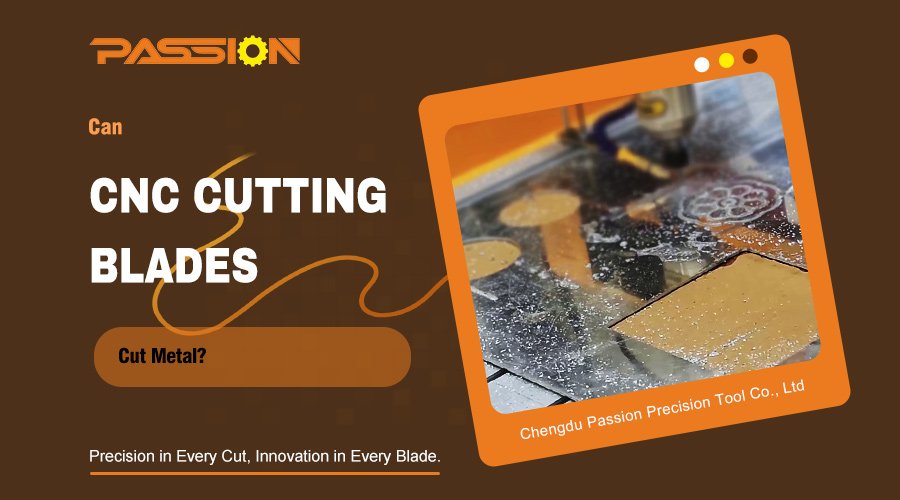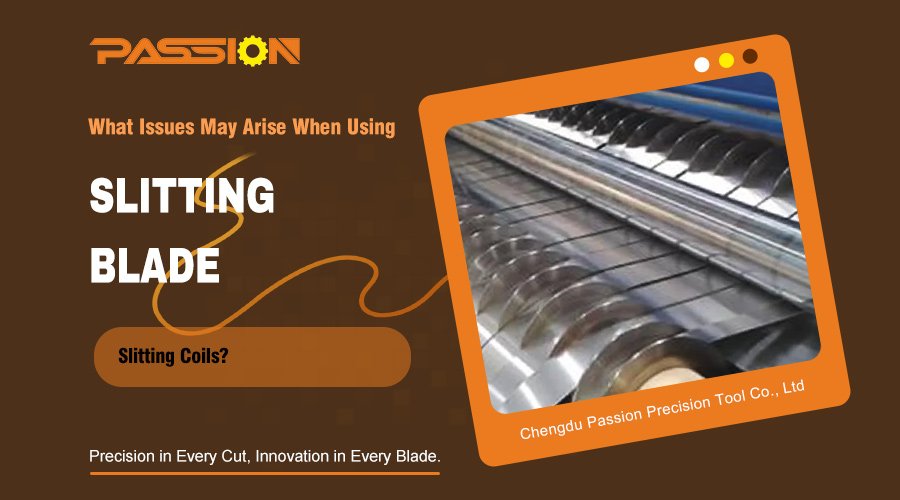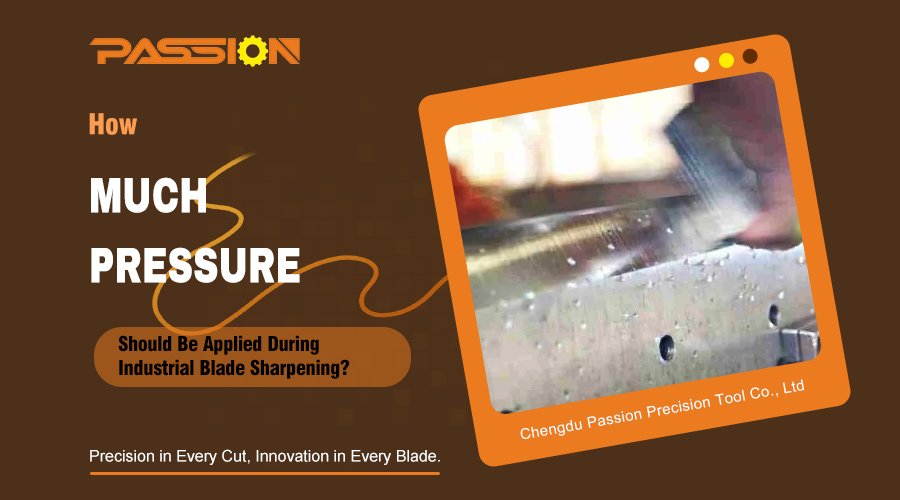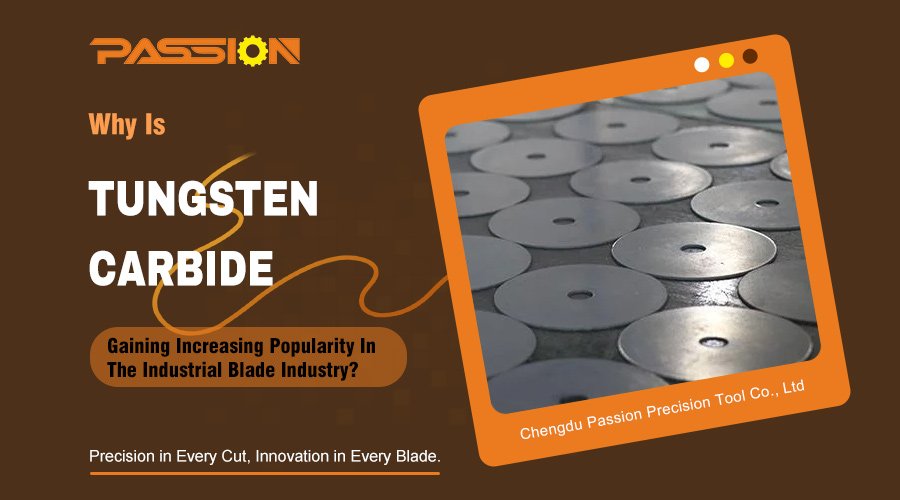Differences in the life of chemical fiber blades during use are caused by a combination of factors, including differences in raw materials, operating conditions, installation and commissioning of the blade, maintenance and care, microscopic differences in blade materials, cutting material characteristics, blade finish, and frequency of use and load. To maximize blade life, it is important to optimize these factors, ensure proper operation and maintenance, and select the right blade materials and handling processes. The following is a specific analysis of the important factors:
Differences In Raw Materials
In chemical fiber production, the service life of the blade is closely related to the quality and composition of the fiber raw material being cut. Different chemical fiber raw materials, such as polyester, nylon, polypropylene, etc., its hardness, composition and impurity content will produce different degrees of wear and tear on the blade.
Hard Impurities: If the chemical fiber raw material contains hard impurities (e.g., sand, metal particles, etc.), these impurities will not only wear down the sharp edges of the blade, but may also lead to chipping of the blade’s surface, which will further aggravate the wear. Even for the same type of fiber, if its raw material batch is different, the impurity content may be different, which will directly affect the durability of the blade.
Fiber Density And Hardness: Dense, hard fibers require more cutting power, which can cause greater wear on the blade. As a result, blade life is usually shorter when cutting harder fibers.
Operating Conditions
Operating conditions are an important factor in blade life. These include cutting speed, cutting pressure, and temperature, all of which are directly related to blade durability.
Cutting Speed: Cutting speeds that are too fast increase the friction between the blade and the fibers, causing excessive blade wear. On the contrary, cutting speed is too slow, may also lead to poor cutting results and increase the burden on the blade.
Cutting Pressure: Too much or too little cutting pressure can cause uneven blade wear. Too much pressure can lead to rapid consumption of the blade, while too little pressure may lead to incomplete cutting, resulting in unstable blade work, which in turn affects its service life.
Working Temperature: The cutting of chemical fibers tends to generate frictional heat, too high a temperature will accelerate the softening of the material of the blade, resulting in reduced wear resistance. Too low a temperature may lead to increased brittleness of the blade, easy to break.
Operating Habits: Manual operation in the strength, angle deviation may accelerate the blade wear. For example, frequent changes in feed speed or cutting speed can cause the blade to repeatedly withstand the impact force.
Installation And Commissioning Of The Blade
The installation and debugging of the blade on the machine directly determines its contact angle, the precision of the blade and whether the blade is balanced and other issues. If not installed properly, it will lead to localized wear of the blade and affect the cutting effect.
Installation Angle: The contact angle between the blade and the fiber has an important effect on the cutting effect. If the contact angle between the blade and the fiber is not appropriate, it will cause more friction between the blade and the fiber, resulting in accelerated wear of the blade. Cutting angle is too large or too small, will increase the stress on the edge of the blade, affecting the sharpness and service life of the blade.
Alignment Accuracy: The blade must be mounted in such a way that there is precise alignment between the blade and the fibers. Otherwise, uneven cutting forces can cause excessive localized wear on the blade. If the blade is not aligned, it may vibrate during the cutting process, increasing blade wear.
Balanced Condition: An unbalanced blade may cause it to vibrate at high speeds, which can lead to uneven wear and even affect the overall stability of the machine.
Maintenance And Care
Maintenance of the blades is critical to prolonging their life. Regular inspection, cleaning and dressing of the blade will help minimize premature blade failure due to dirt buildup or micro-damage.
Cleaning: Long-term accumulation of fiber residue, oil or other substances on the blade surface can cause increased friction between the blade and fibers, which can accelerate wear. Regular cleaning of the blade will maintain its cutting performance.
Lubrication: Some blades require lubrication to minimize friction. Excessive or insufficient lubrication can cause uneven blade wear. Improper lubrication can also cause the blade to rust or corrode, which can affect cutting results.
Regular Inspection: Even if a blade appears to be fine on the surface, regular inspection of the blade for wear and timely sharpening of the blade is important to maintain its longevity. If the blade shows slight dullness, timely sharpening will prevent further wear and tear.
Microscopic Differences In Blade Material
Even for blades made of the same material, there may be differences in hardness, toughness and wear resistance due to minor differences in the manufacturing process.
Differences In Hardness: The hardness of a blade directly affects its ability to resist wear, with harder blades generally more resistant to wear, but also potentially more fragile. Lower hardness blades are more resilient, but wear faster when faced with intense cutting jobs.
Grain Structure: During blade production, factors such as cooling rate and heat treatment affect the grain structure. A fine, uniform grain structure contributes to the wear resistance and strength of the blade, while larger grains may not perform as well under high loads.
Cutting Material Characteristics
Different types of chemical fiber materials affect blades in different ways. For example, polyester fibers have different hardness and friction characteristics compared to nylon fibers, which may result in different levels of blade wear.
Polyester Fibers: Usually harder and somewhat tougher, harder to cut, so blades wear faster.
Nylon Fibers: Softer and relatively easy to cut, therefore less blade wear.
Shaped Fibers: If you are cutting fibers with special shapes or special coatings added, the wear on the blade will vary.
Blade Finish
The surface treatment of the blade determines the wear resistance of the blade and its corrosion resistance. Common surface treatments include coating technology, hardening, titanium plating, etc. These treatments are effective in increasing the service life of the blade.
Coating technology: Ceramic or titanium nitride coatings, for example, can significantly increase the wear resistance of blades and reduce wear.
Hardening: Surface hardening (e.g. laser hardening, nitriding, etc.) can increase the hardness of blades and enhance their wear resistance. This type of treatment is common for blades used in high load, high speed cutting.
Coatings: Surface treatments such as manganese and molybdenum coatings increase the corrosion resistance of the blade, preventing it from rusting when it comes into contact with moisture or chemicals, and further extending the life of the blade.
Frequency Of Use And Load
The frequency of use and load of the blade will also directly affect its service life. Long time and high load work will accelerate the wear and tear of the blade.
Long Working Hours: If the blade is in high speed operation for a long time, it will accumulate a lot of heat and wear and tear, resulting in a significant reduction in the service life of the blade.
High-Load Work: When the blade cuts hard materials under high load, the stress on the blade will increase significantly, leading to early blade failure. Therefore, reasonable load management is the key to extending blade life.








